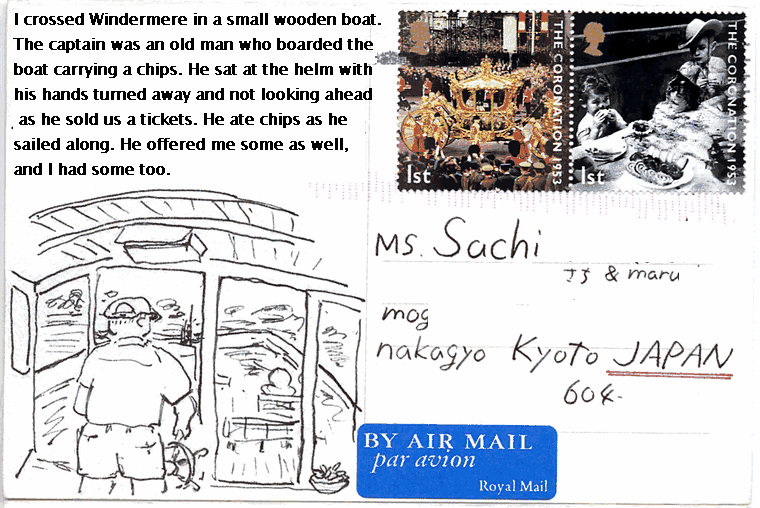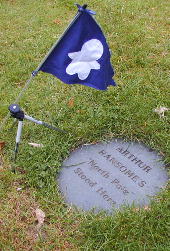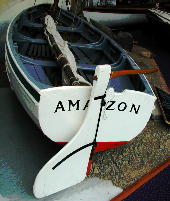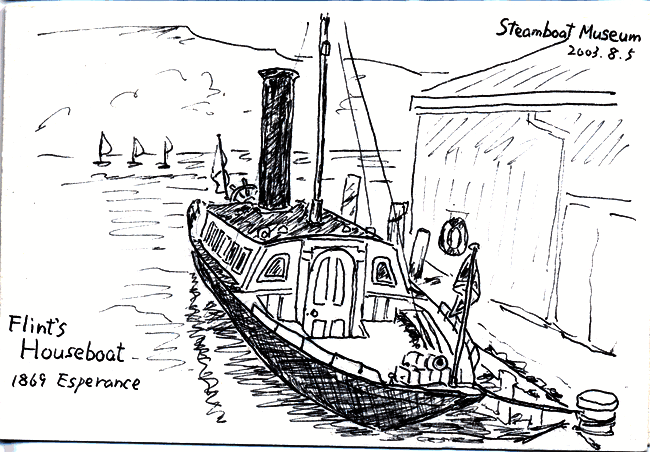 The shape of British electrical outlets was unexpected. They're securely covered internally to prevent insertion of objects like wire, requiring force to push a solid metal rod in for contact. It's a well-designed safety mechanism. This prevents children from tampering. Compared to this, Japanese outlets pose an electrocution risk, highlighting a difference in approach. Early in the morning, the YH staff told me about the plug adapters needed for my digital camera charger. I could find it in Ambleside town. With some time before breakfast, I walked about 30 minutes into town. Walking along the road, I found all the shops in Ambleside still closed since it was early morning. Still, I spotted the adapter in a camera shop window. But walking all the way back here after breakfast would be too far.
The shape of British electrical outlets was unexpected. They're securely covered internally to prevent insertion of objects like wire, requiring force to push a solid metal rod in for contact. It's a well-designed safety mechanism. This prevents children from tampering. Compared to this, Japanese outlets pose an electrocution risk, highlighting a difference in approach. Early in the morning, the YH staff told me about the plug adapters needed for my digital camera charger. I could find it in Ambleside town. With some time before breakfast, I walked about 30 minutes into town. Walking along the road, I found all the shops in Ambleside still closed since it was early morning. Still, I spotted the adapter in a camera shop window. But walking all the way back here after breakfast would be too far.
After breakfast, I first went to find that North Pole marker on Lake Windermere. When I came here with my wife back in 1998, I hadn't even thought about there being a North Pole plaque. Back then, I was just thrilled to stand on the very spot Dick and Dorothy D, the D brothers, reached in a blizzard. But learning later that a plaque marked the North Pole's location, and realizing I'd missed it, made me decide I had to come back for another North Pole expedition.
Leaving Windermere YH, I walked a little north along the lakeshore. I found the North Pole right away on the lawn at Lakehead Park. From the stump, head diagonally left towards the lake, then just a short walk southeast towards Windermere YH. A round stone plaque about 20 cm in diameter was buried in the grass. I found it. It read “North Pole.” This was the North Pole the D brothers had reached. I stroked the stone plaque, deeply moved that I had finally made it here. This was the spot where Captain Flint had prepared the North Pole in “Winter Holiday.” To commemorate reaching the North Pole, I planted the expedition flag nearby.
I can go south on Lake Windermere by bus, but I should take a boat here. I took a regular boat to Bowness. I sat on a bench on the aft deck with a good view of the lake. Maybe we'll find Cache Island or Chick Rock. As I approached Bowness, I was finishing a postcard I had been working on on a bench on the deck, and the man sitting next to me started talking to me about the illustration on the postcard. The ferry turned left just before Long Island and headed for Bowness. A fighter plane roared low over the lake. Then a World War II-era propeller plane passed by and disappeared into the mountains. Maybe there was an air show nearby.

From the deck of the liner, I couldn't find a small island suitable for Hidden Island. However, near Long Island, I came across six small OP class training yachts with red sails being pulled vertically by a rubber boat with an engine. They were probably going to practice offshore, and small children around the first or second grade of elementary school were being pulled in matching life jackets. It's great, they learn how to operate the sails at that age.
After buying a power adapter to charge my digital camera at a home goods store in the town of Windermere, I walked north to the Steamboat museum. It had been five years since I last came here. I remembered to buy a pamphlet this time when I bought an admission ticket. First, I went straight to the outdoor pier to see Captain Flint's houseboat. It was tied to the wharf so that I could ride it on the lake at any time.
I sat down on a nearby piling and slowly started sketching the houseboat from the front. A little while later, a museum guide arrived, and with permission, I went inside the houseboat with him. There was a long, narrow table in the middle of the boat, and long chairs were built into the sides. It was the same interior as the Fram, depicted in the book. It really felt like I had entered the world of the book. Cakes and tea were prepared on the table. There was a letter that Nancy had written, and Polly the parrot was in her cage. I sat on a bench on the side of the boat, and found myself in the very cozy cabin of the Fram. Outside the window, the cold icy surface of a snowstorm was spreading out.
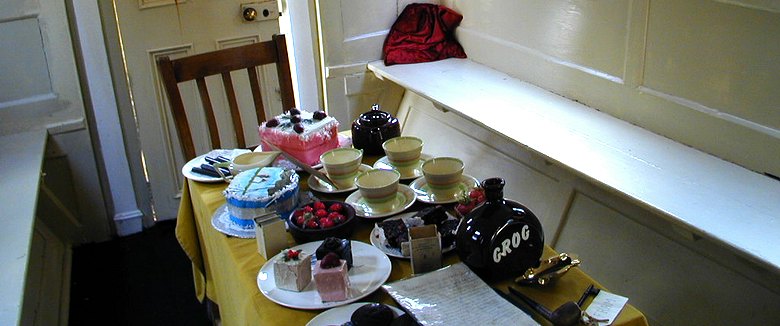
After leaving the Steamboat Museum, I went back to Rio again to cross Lake Windermere. I decided not to take the ferry but to take a small wooden boat that connects to the bus. I couldn't find where the boat tickets were sold, so I asked a nearby attendant, who told me to buy them on the boat. So I got on the boat and waited. It was a small wooden boat with a beautiful varnish color. I think it's great that they use old things carefully, as is typical of England.
There were about five passengers on board, and just before departure, three more people got on with bicycles. The man who got on with us, wearing shorts, sunglasses, and a baseball cap, was not a customer, but the captain. He was holding a bag of potato chips.
The mooring line was released, and the boat left the pier and headed south to Long Island. After a while, the captain took his hands off the wheel and went around selling tickets to everyone without looking ahead. I was the only one who was worried about whether I would be okay. When I got to Long Island, there were no other boats around. On the way, the captain offered me some chips, so I had some. Thank you.


